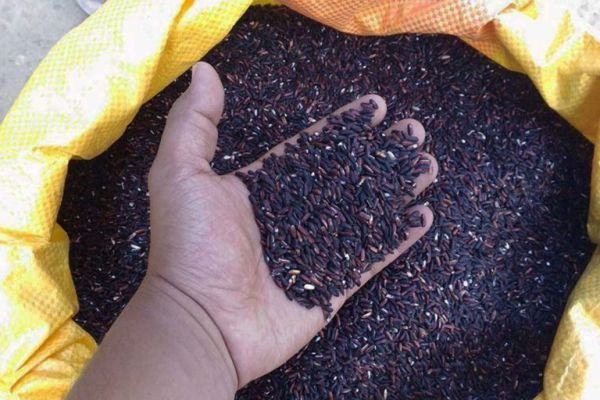At least 30 young educated youth from villages in West Bengal are treading on the steps of their forefathers with passion and a mission: to bring back the glorious paddy heritage of Bengal, by cultivating heirloom (folk rice) varieties using environment friendly agricultural practices and eventually ushering food security into their villages.
Motivating them further in this regard, is the Forum for Indigenous Agricultural Movement (FIAM), a grassroot organisation of “modern traditional” farmers active in Uttar and Dakshin Dinajpur districts of West Bengal.
What started in 2011 with around six members who were against conventional cultivation of chemical intensive high yield crops, has, over the last few years, grown into a movement of about 75-80 farmers, from nearly 20 villages.
The efforts kicked off with just 10 varieties in barely 5.5 bighas (0.73 hectares) of land. Today, the area of cultivation is nearly 100 bighas (13.3 hectares) with the revival of at least 100 landrace (indigenous) paddy varieties. This agricultural season they have set a target of covering at least 150 bighas with a range of 120 kinds of native paddy.
These traditional paddy cultivars are soil and region specific, grown with organic manure and pesticides. This makes them inherently hardy and more pest resistant. “The impacts of climate change, resulting in erratic increase/decrease in temperatures, humidity etc. are breeding new pests and diseases, making chemically grown paddy particularly vulnerable to fungi attacks or reduced efficacy of pesticides.
However, the folk varieties are not only faring better in this regard, but also require much less water in comparison. Further, they are largely climate resilient, able to withstand weather aberrations, while maintaining the yield per hectare, as against their chemically grown counterparts.
Before the transplantation of paddy, while the soil is being prepared, the farmers have a natural way of replenishing the soil with nutrients. “Cultivation of root legumes or green manure crop as Sesbania (locally called Dhoncha) is very common in these villages as per the findings of Agricultural Technology Management Agency (ATMA).
Both the roots and stems of Sesbania bear nodules hosting the friendly Rhizobium bacteria, which trap atmospheric nitrogen, particularly from the soil.
The slim, medium sized aromatic grains of Tulaipanji, which is considered the “rice of the soil” for the twin districts of Dinajpur. The local farmers claim that this home grown rice had even made its way to the food festival of the 2012 London Olympics.
The Forum for Indigenous Agricultural Movement (FIAM) supports the work of these farmers in conserving indigenous varieties of rice and is promoting an organic way of life.






